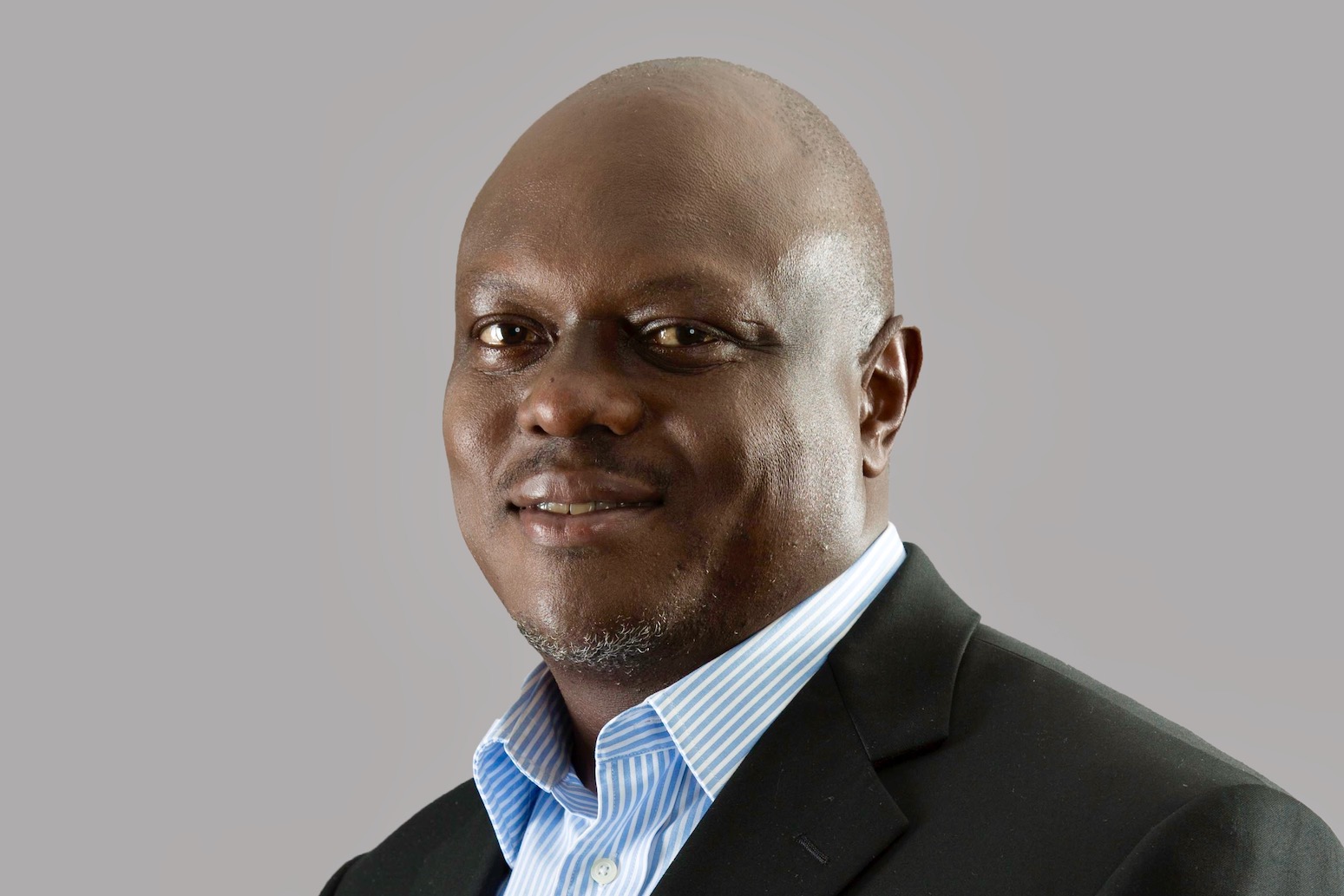As I sat on my front row seat enjoying the sweet tones that oozed out of the musical instruments ‘Myko’ and his team effortlessly manipulated, I witnessed an interesting spectacle…
MARK OCITTI: Nurturing Mutual Trust And Learning The Art Of Effective Subtle Leadership Michael Ouma and his band provide probably the most entertaining live band experience you will come across on the entertainment scene in Uganda. Micheal, the band leader who on his social media pages goes by the pseudonym ‘Myko’, is himself a lean unassuming individual who in meeting for the first time one could easily mistake for the band assistant. It is only in observing him at work that you will discover the power and leadership prowess that lies within the lean lanky figure that you see. I was privileged to do just that on a recent trip to Kampala.


